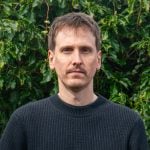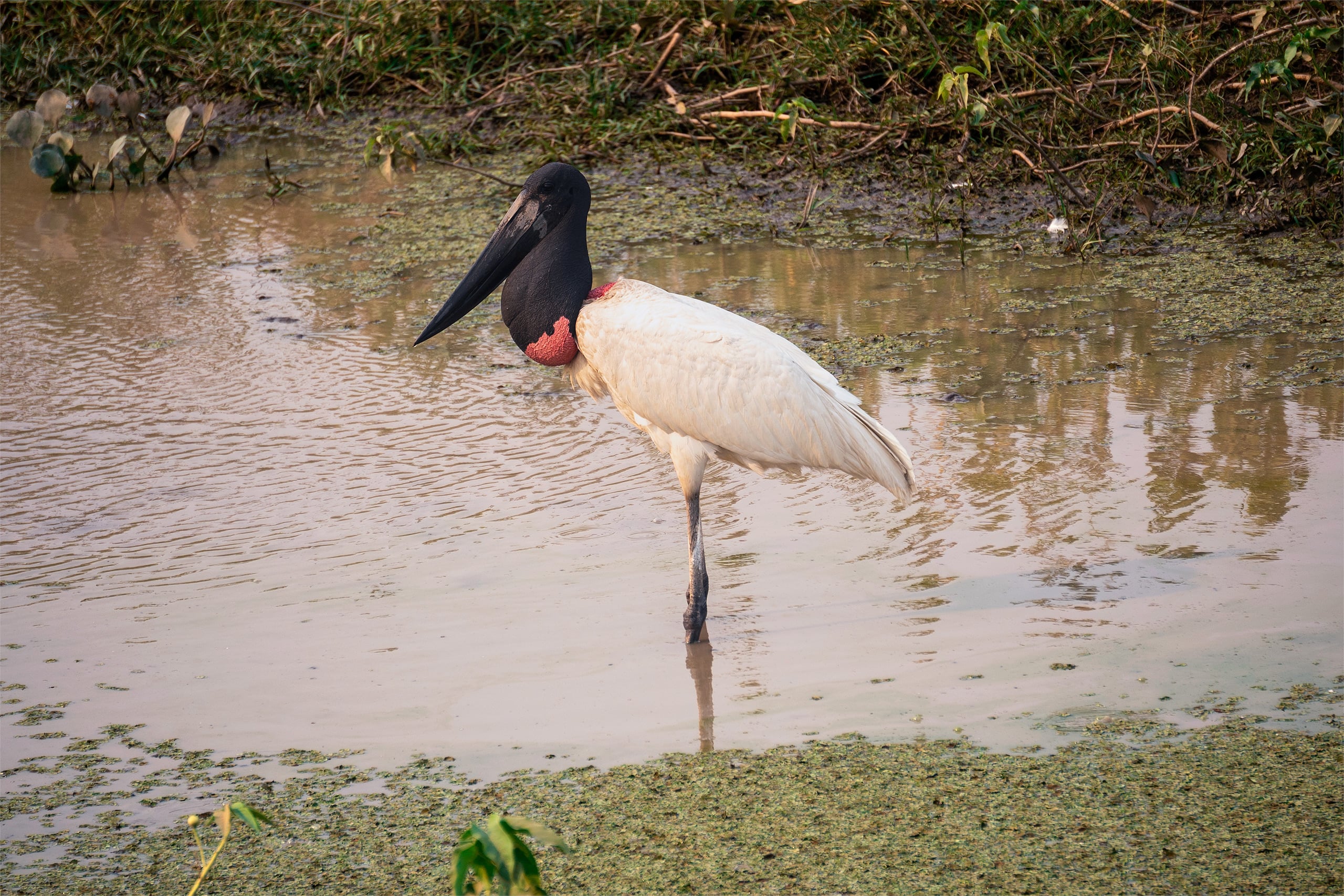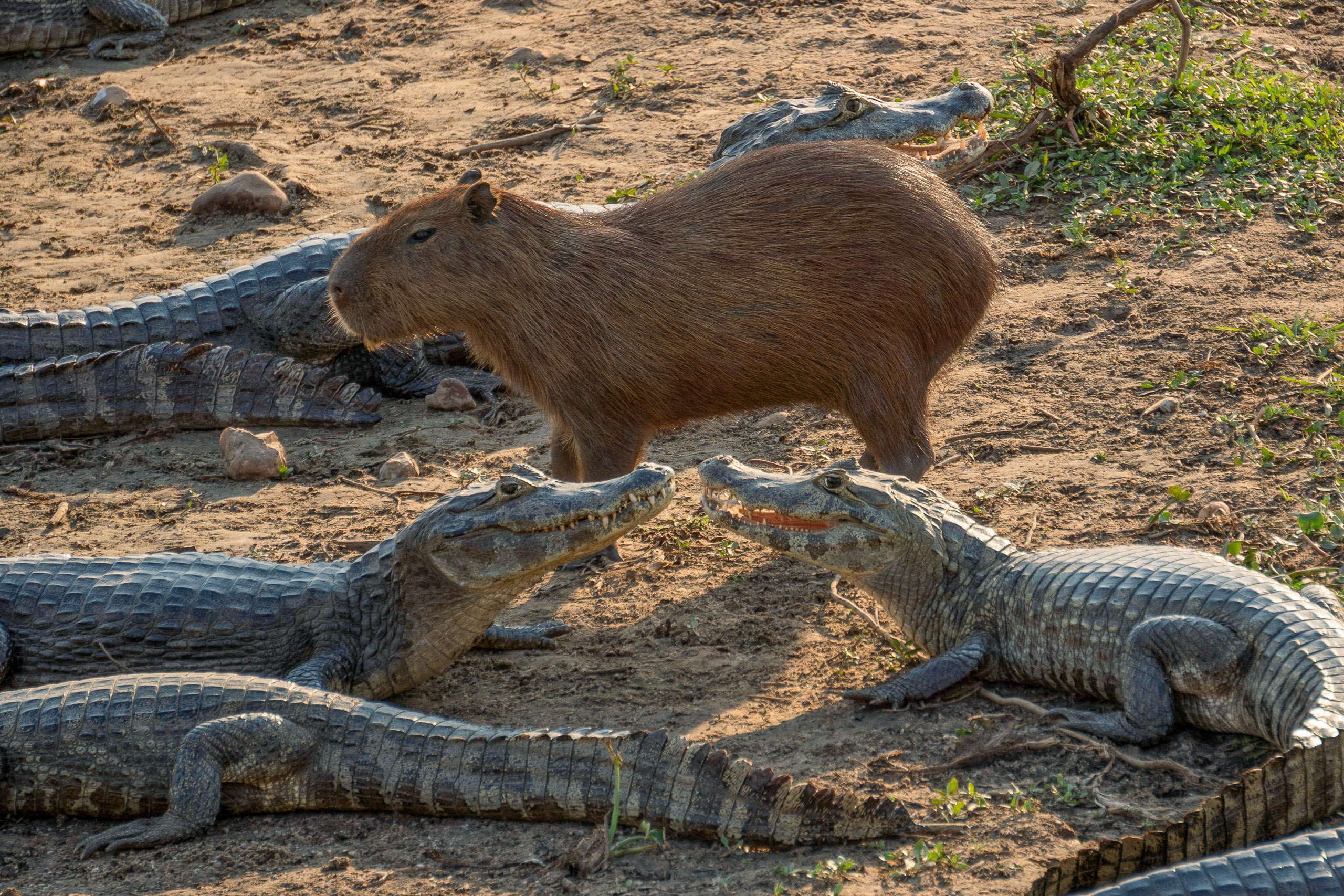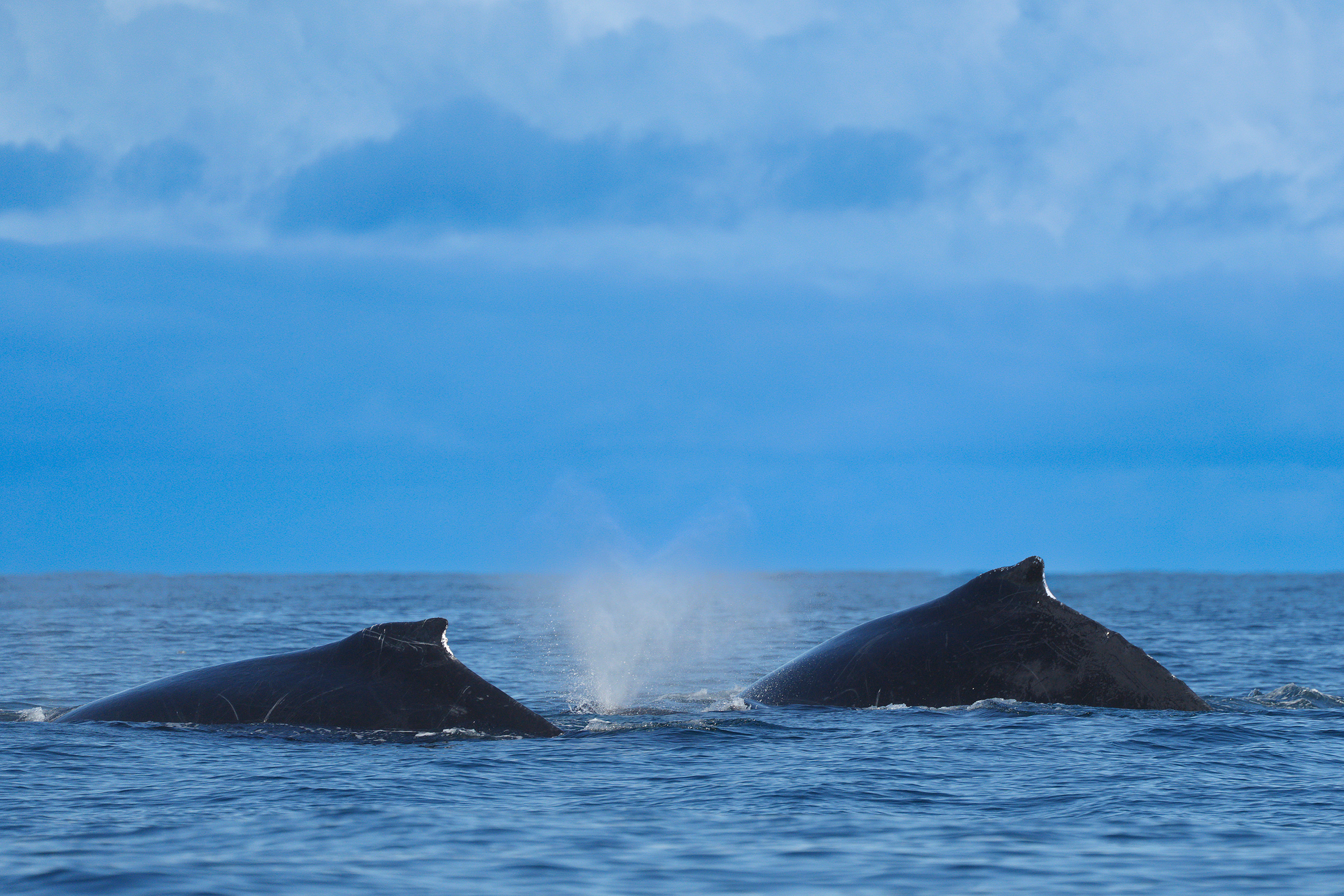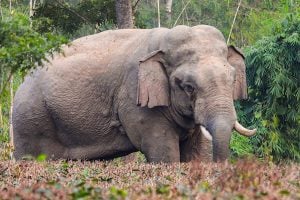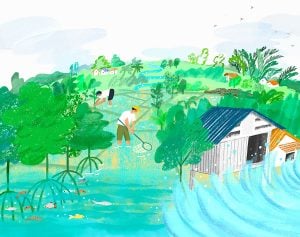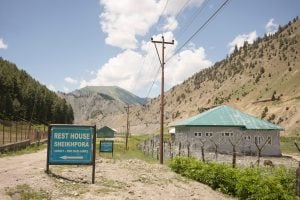Latin America and the Caribbean are facing a severe biodiversity crisis, with the average size of monitored populations of more than a thousand wildlife species plummeting by 95% in just 50 years, according to a new report by wildlife charity WWF. The region, a biodiversity powerhouse, is said to have experienced the world’s fastest rate of wildlife decline over this period, far exceeding the global average of 73%.
The Living Planet Report 2024 tracks changes in the sizes of monitored populations to indicate whether, on average, the relative abundance of species increased, decreased or stayed the same between 1970 and 2020. It includes almost 35,000 population trends of 5,495 species, including 3,936 populations and 1,362 species in Latin America and the Caribbean.
Its index suggests that, globally, the most severe declines have been seen in freshwater populations (-85%), followed by terrestrial (-69%) and then marine populations (-56%).
The authors highlights that, across the world, habitat degradation and loss are the most reported threat to wildlife, said to be driven above all by the food system, and followed by overexploitation, impacts from invasive species, and diseases. Pollution is also reported as a significant threat, as well as climate change – felt particularly strongly in Latin America, where, for example, it has been observed as driving the decline of some Amazonian birds.
According to monitoring platform Global Forest Watch, tropical deforestation declined 9% in 2023 compared to 2022, but remains very high, with an area nearly the size of Switzerland lost globally during the year. Brazil, the Democratic Republic of Congo and Bolivia were the top three countries for primary forest loss, despite a 36% decline in Brazil since the introduction of stronger conservation policies under President Lula da Silva.
“We monitor all drivers, but deforestation is particularly aggressive in Latin America, in many cases linked with the expansion of the agricultural frontier,” Roberto Troya, regional director for WWF in Latin America, told Dialogue Earth. “The exploitation of natural resources also continues at full speed, with illegal mining wiping out rivers and populations.”
Some of the species’ populations highlighted in the report include a 65% decline in Amazon pink river dolphins (Inia geoffrensis) between 1994 and 2016, and a 75% decline in its smaller relative the tucuxi (Sotalia fluviatilis) in the Mamirauá reserve in Amazonas state, Brazil. Last year, over 330 river dolphins were reported to have died in just two lakes, amid a historic drought and low-water levels.
“Nature is issuing a distress call,” said Kirsten Schuijt, director general of WWF International, in a press conference at the report’s launch. “The linked crises of nature loss and climate change are pushing wildlife and ecosystems beyond their limits, with dangerous global tipping points threatening to damage Earth’s life-support systems and destabilise societies.”
A biodiversity superpower
In Brazil, Colombia and Mexico, Latin America is home to three of the five countries with the greatest diversity of birds, amphibians, mammals, reptiles, fish, and plants. The Amazon rainforest alone hosts around 10% of the world’s biodiversity – and these figures only account for known species. From Uruguay’s grasslands to Mesoamerican coral reefs, the region plays a critical role in preserving biodiversity.
However, there have been fast declines in the populations of many of the region’s species. Some of the most prominent include the vaquita (Phocoena sinus), the world’s smallest and most endangered porpoise, with the last few found in the northern waters of the Gulf of California, and the jaguar (Panthera onca) in South America, the largest wild cat in the Western Hemisphere, threatened by deforestation.
Rebecca Shaw, the lead author of the report, said the decline in a single species can lead to a chain reaction: “In the Brazilian Atlantic Forest, the loss of fruit-eating animals such as deer, which disperse seeds of large tropical trees, can lead to the decline of carbon storage. These animals are hunted down, and trees are replaced by smaller ones that capture less carbon.”
Declines in wildlife populations can also act as an early warning indicator of extinction risk and the potential loss of ecosystems, the researchers said. When ecosystems are damaged, they struggle to provide the benefits humans have come to depend on, and they can become more vulnerable to tipping points, crossing a threshold that can lead to substantial and often irreversible change.
Global tipping points, such as the dieback of the Amazon rainforest, would create negative consequences beyond the immediate area, impacting food security and livelihoods. In September, fire outbreaks in the Brazilian Amazon reached their highest level in 14 years amid a severe drought and record low water levels in some of the Amazon River’s main tributaries, such as the Negro River. Such events contribute to the drying out of the rainforest, as well as increased carbon emissions.
“The planet is an integrated system, and if one part is ill it affects the rest. If the Amazon releases many carbon emissions this can disrupt weather patterns around the globe,” Sandra Valenzuela, chief executive officer of WWF Colombia, told Dialogue Earth. “It’s not just an environmental crisis, it’s also a human one, with livelihoods affected.”
The way forward
In its report, WWF suggested a series of strategies to better protect biodiversity, starting with protected areas. Its researchers highlighted that there are currently nearly 300,000 designated protected areas globally, covering 16% of the planet’s land area and 8% of oceans, but that their distribution remains uneven and insufficient to support the services nature contributes to humanity.
One of the targets of the Kunming-Montreal Global Biodiversity Framework, approved by 196 countries in 2022, calls for 30% of lands, freshwaters and oceans to be protected by 2030 “through ecologically representative, well-connected and equitably governed” protected areas. Governments are expected to present their new biodiversity plans at the United Nations COP16 biodiversity summit, set to be held this month in Cali, Colombia.
The report’s authors also called for changes in food systems, optimising crop yields and livestock productivity in a sustainable manner to avoid further expansion of the agricultural frontier. They suggested the use of nature-positive practices such as agroecology and regenerative agriculture – not just for biodiversity, but also to meet climate targets and improve overall health, they added.
Amid global attempts to shift away from fossil fuels, authors also made a call for the energy transition to be carefully planned, in order to avoid negative impacts on ecosystems and communities, with cases of tensions around renewable projects already visible in Latin America. The shift to renewables, they said, must be consistent with other objectives for sustainable development and nature conservation.
“Although the situation is desperate, we are not yet past the point of no return,” Schuijt said. “We have global agreements and solutions to set nature on the path to recovery by 2030, but so far there’s been little progress on delivery and a lack of urgency. The decisions made and action taken over the next five years will be crucial for the future of life on Earth.”

